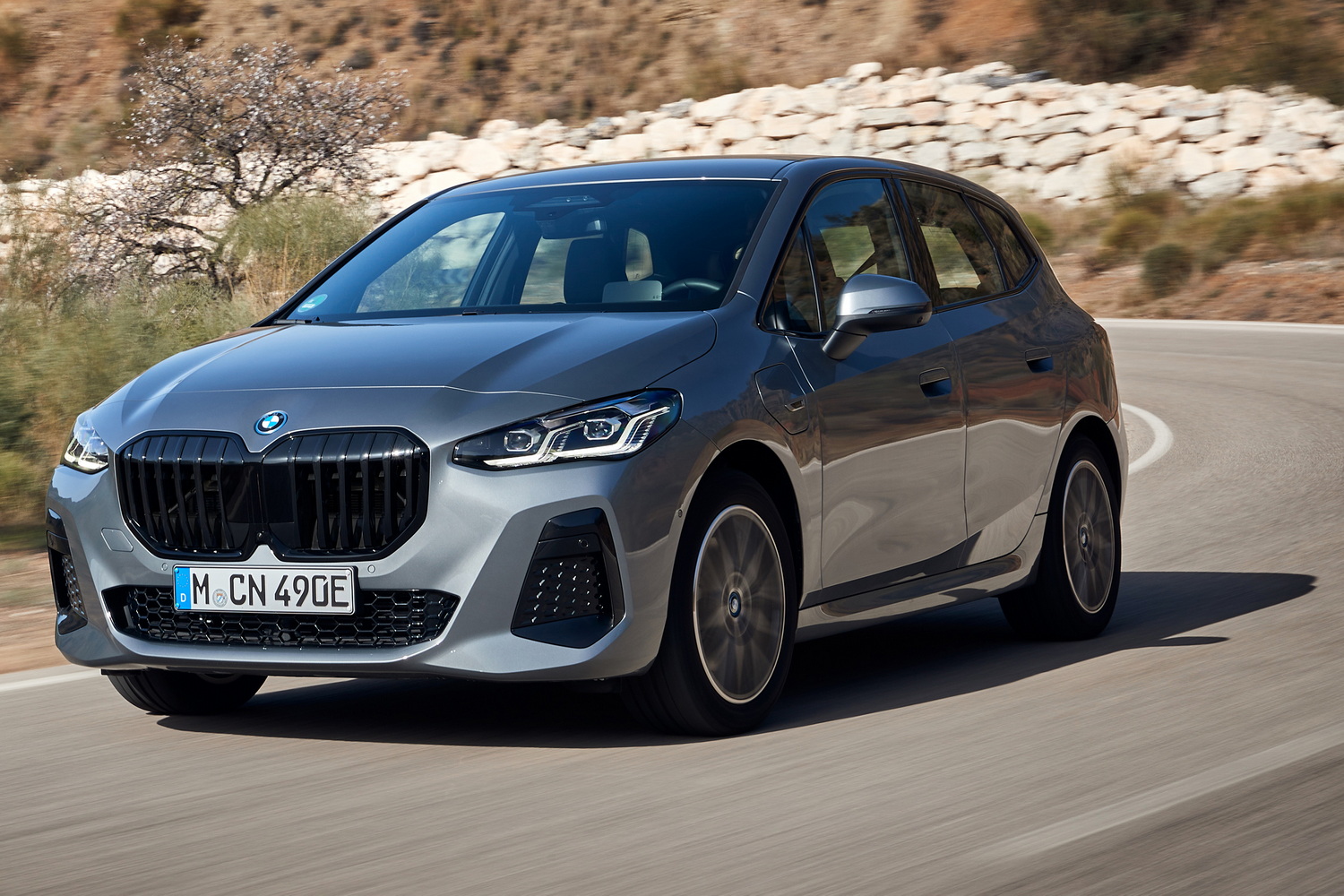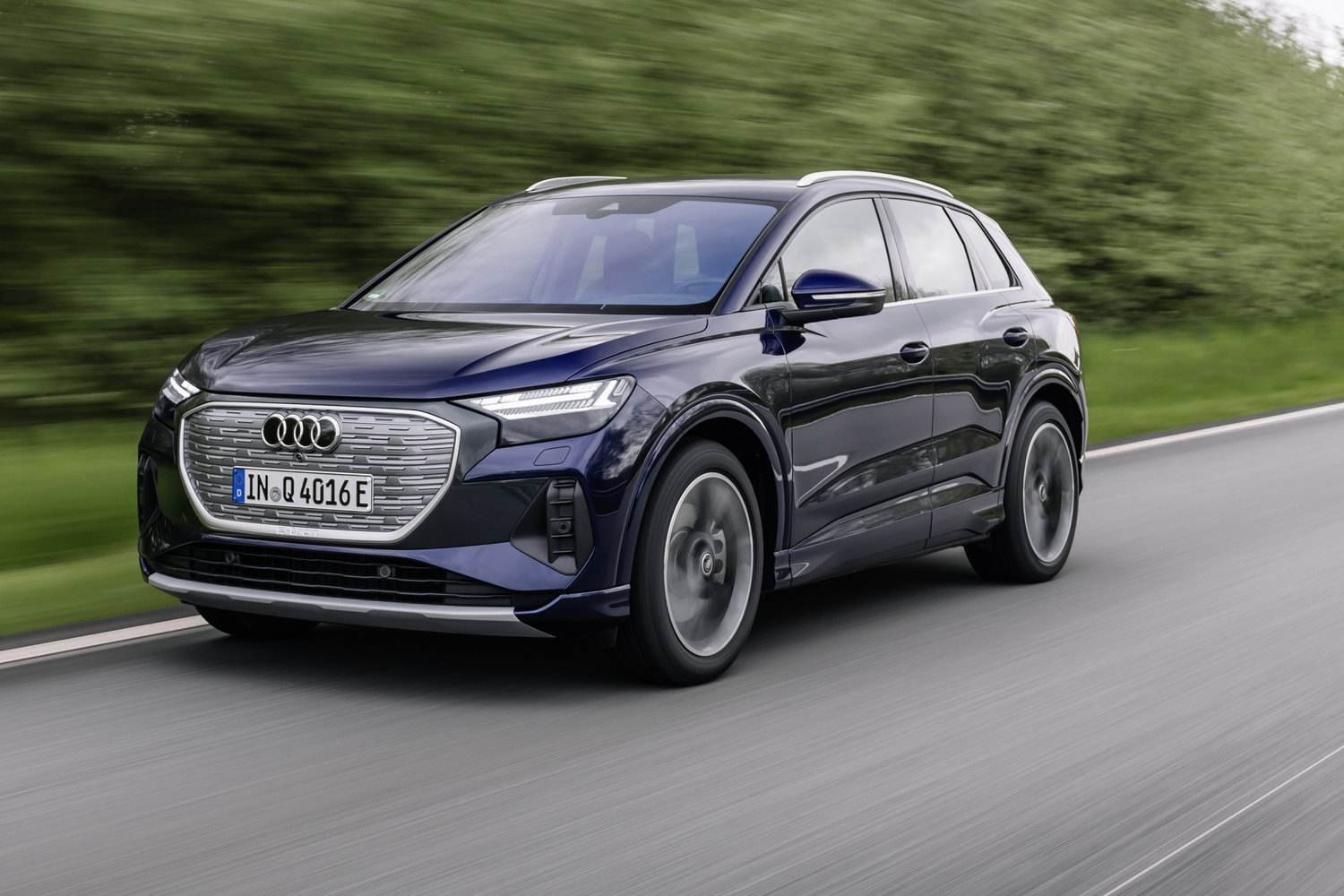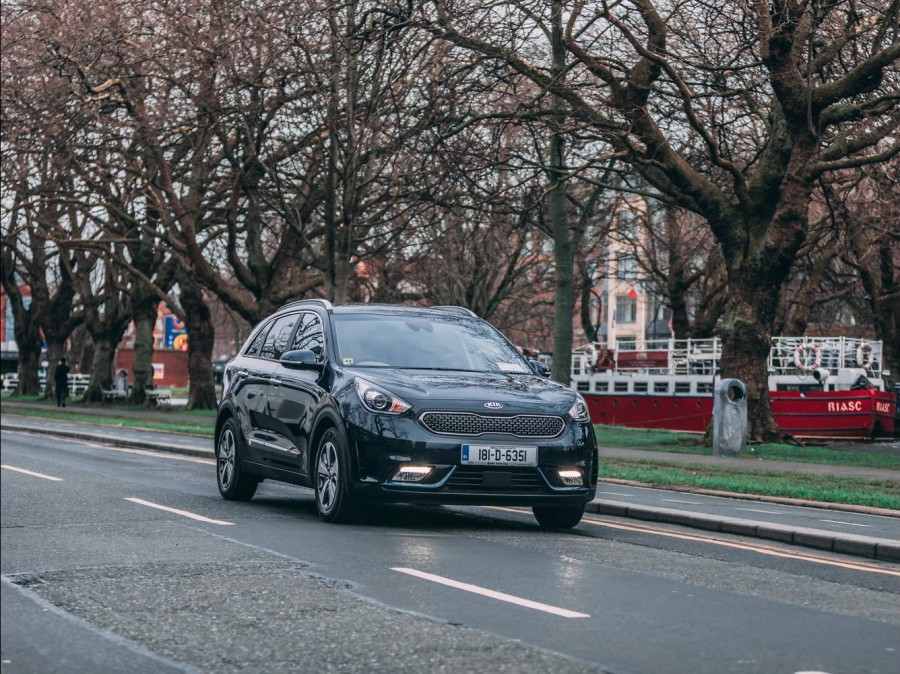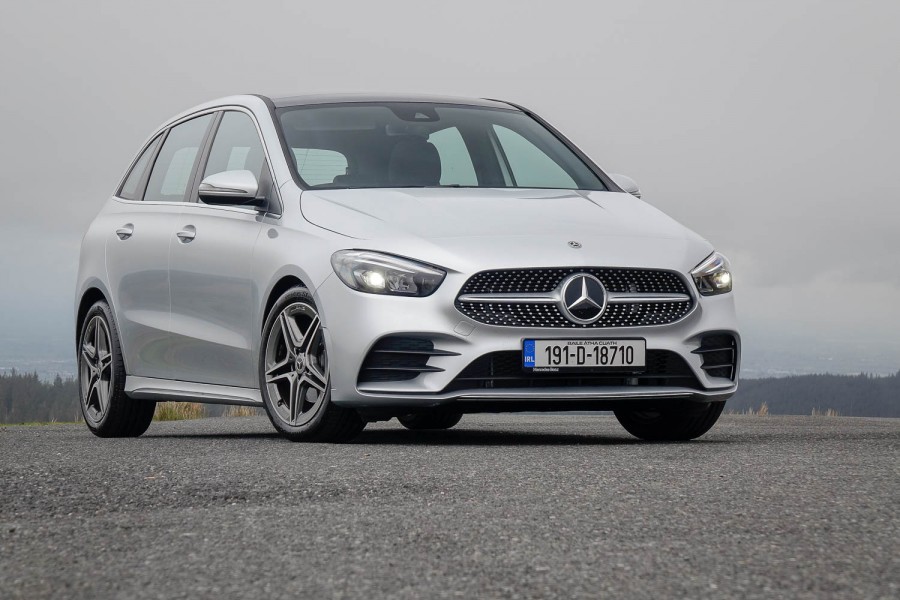Adapting the modular 'Gen5' electrical architecture - that first appeared in the BMW iX - for the 2 Series Active Tourer results in a more efficient hybrid system for the new BMW 230e Active Tourer. It could not conceivably operate as an electric car during the week, only requiring its combustion engine for longer journeys at the weekend. It isn't lacking in performance either, making it fast yet frugal. Is it a winning combination?
In the metal
BMW isn't trying to win everyone over with its exterior designs these days and the 2 Series Active Tourer is unapologetic in its appearance. Those kidney grilles make it very clear to everyone else which brand of car you're driving. Aside from those, the rest of the look is quite standard for a compact MPV, with BMW focusing on boosting aerodynamic efficiency so that the car can cut through the air more cleanly and minimise the amount of energy being used to push it along. Details include active shutters that close the kidney grilles when engine cooling isn't required, and door handles that sit flush against the bodywork.
Where the plug-in hybrid model differs to other versions in the line-up on the exterior is the presence of the battery charging port on the front left wing. As with BMW's other plug-in hybrids, the charge port door carries 'electrified by i' badging and on the Active Tourer the charge port is at a comfortable height.
The pre-series car that we tested has in effect the same exterior design as an M Sport model, albeit with different badging to reflect the PHEV (Plug-in Hybrid Electric Vehicle) powertrain. An all-black grille and bumper details, combined with the 18-inch alloy wheels and grey paint give the car a more muscular appearance.
One of the real strongpoints of the Active Tourer is its interior design. Now far more contemporary in its layout and look, there are fewer buttons with a greater emphasis on the curved dual-screen display and an ever-evolving voice assistant. Wireless connectivity with smartphone mirroring is included should you not want to use BMW's latest Operating System 8 interface.
Interior cabin room isn't impacted by the plug-in hybrid powertrain, so even rear space remains good with plenty of room for two adults in the outer seats; only the middle pew is on the narrow side. Due to the electric motor's positioning on the rear axle, boot space does decrease slightly, but at 406 litres it is still adequate.
Driving it
Expectation management is a pretty important thing with plug-in hybrid cars such as this, and while the headline figures suggest that a 90-kilometre electric driving range is possible, that figure is reliant on numerous factors such as location, driving style, battery charge levels and even ambient temperature. Nevertheless, the 230e Active Tourer with its 14.2kWh (usable) battery should still comfortably manage an average daily driving routine without calling upon its 1.5-litre petrol engine.
The electric motor delivers a driving experience much as you would find in a fully-electric car. The electric motor's 176hp maximum output is greater than the combustion engine's in the 230e, which musters 150hp, although that peak electric output is only available for brief spells - 10 seconds when the car is in hybrid mode and only two seconds in electric. The remainder of the time the motor produces 122hp, which is still sufficient.
Accessing that additional bump in power is done by holding in the left paddle behind the steering wheel labelled 'Boost'. Once active you get a countdown until it is depleted and the accompanying surge in power is emphasised by a highly futuristic sound curated by film score composer Hans Zimmer. My inner child confirms that this is indeed how I expected cars in the future to sound. The combined maximum of 326hp from both motors means the 230e Active Tourer will gallop to 100km/h from a standstill in just 5.5 seconds and comfortably keep up with an E46 M3. Not too shabby for an MPV.
Basing the battery within the floor does help offset some of the added weight's effect on the car's centre of gravity and handling, although the plug-in hybrid 230e doesn't receive the same 15mm ride height reduction that the non-hybrid M Sport models get. It isn't noticeably impacted by this, and the already firm ride keeps body lean to a minimum when cornering at higher speeds. With both electric motor and engine in operation, the 230e has all-wheel drive, too, aiding traction.
Once you've gotten all of that exuberance out of your system the 230e will revert back to being a hybrid that can be as sedate as you wish it to be. BMW has optimised what it calls adaptive recuperation whereby the car will use data from the car's navigation system - even if no destination is set - to judge how to maximise its recovery of energy to the battery. When it detects a roundabout approaching it knows the car will need to slow and will boost recuperation rates, for example. The system works well.
What you get for your money
The plug-in hybrid versions of the 2 Series Active Tourer won't be on sale until later this year, so pricing has yet to be confirmed. It's likely that BMW will offer the same three specification grades as in the rest of the 2 Series Active Tourer range.
Summary
By making the most of improving battery technology and building it into the car from the start BMW has ensured that the new 230e Active Tourer provides near hot hatch dynamic performance in a compact MPV. But its efficient performance is just as notable, and even getting close to the claimed 90-kilometre battery range makes it theoretically possible for the 230e Active Tourer to provide increased emission-free driving on a local level for many. It could serve as the ideal conversion tool to get drivers to go fully electric.






























